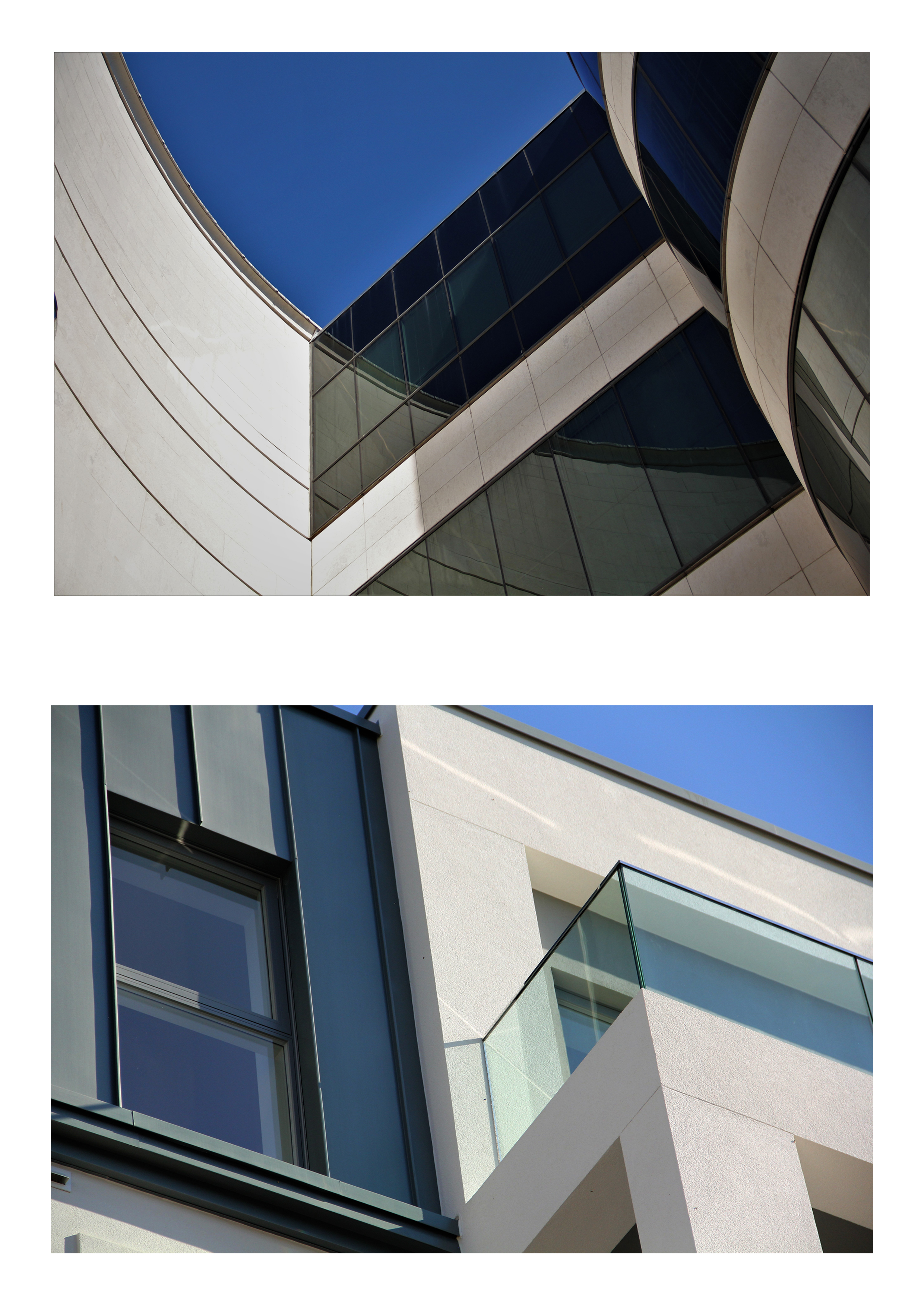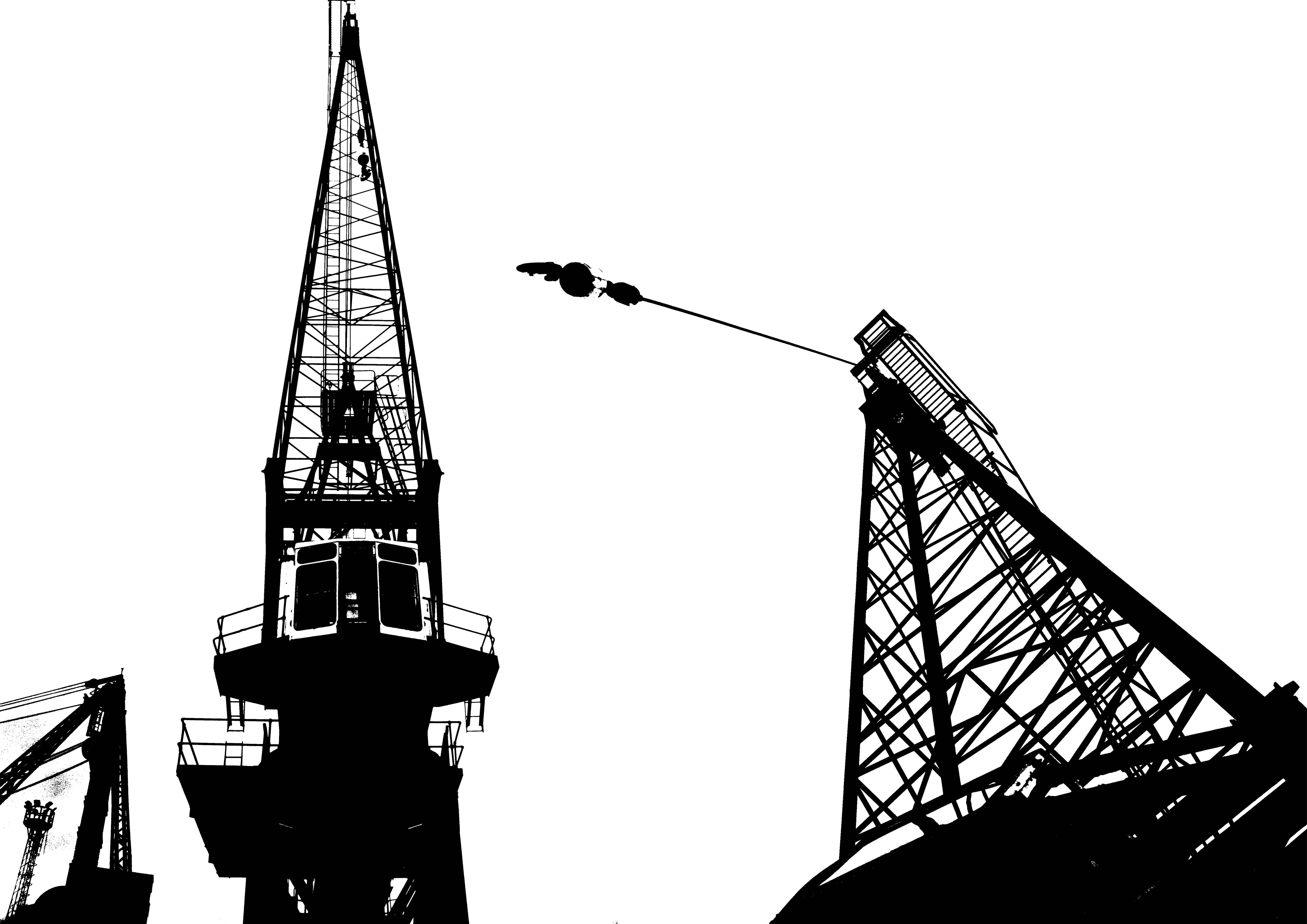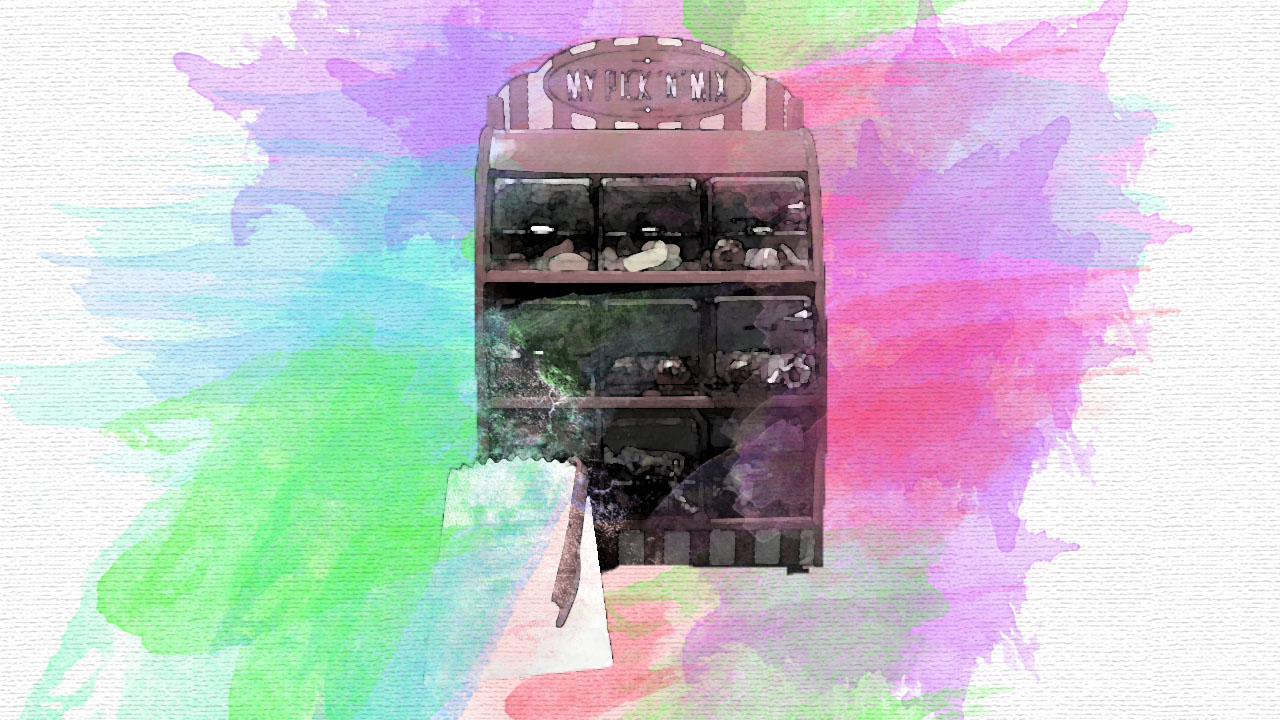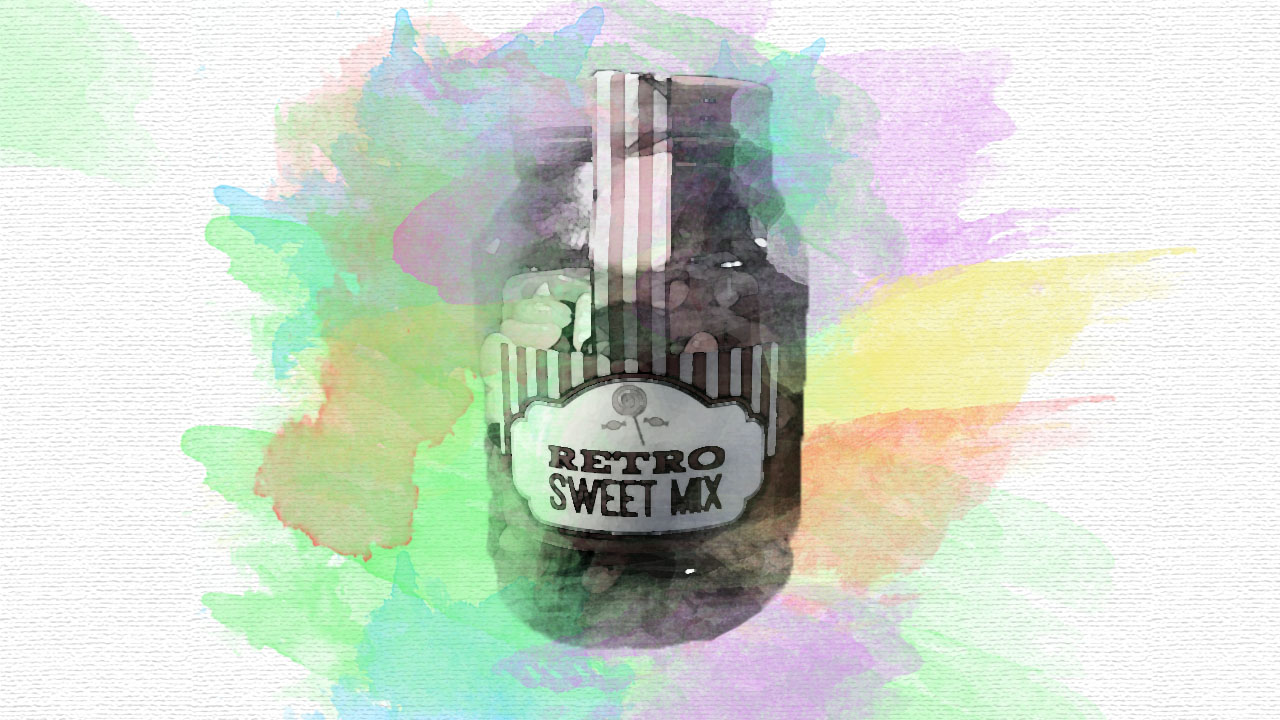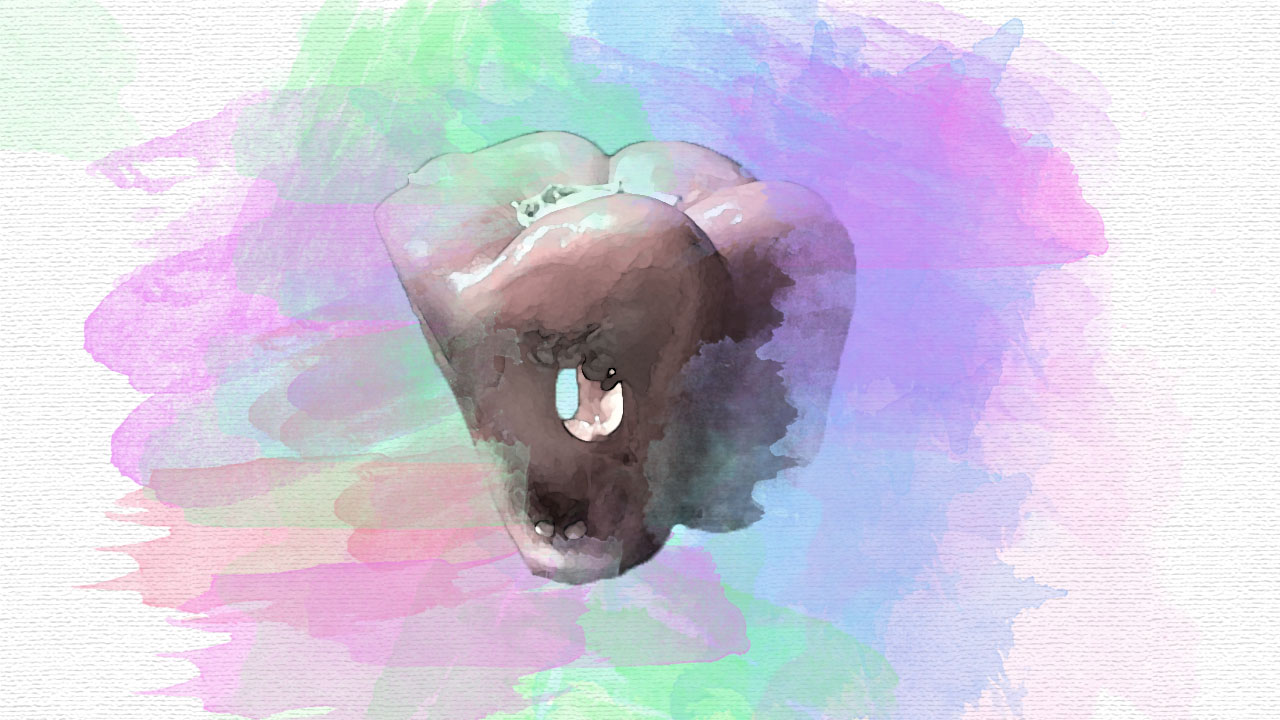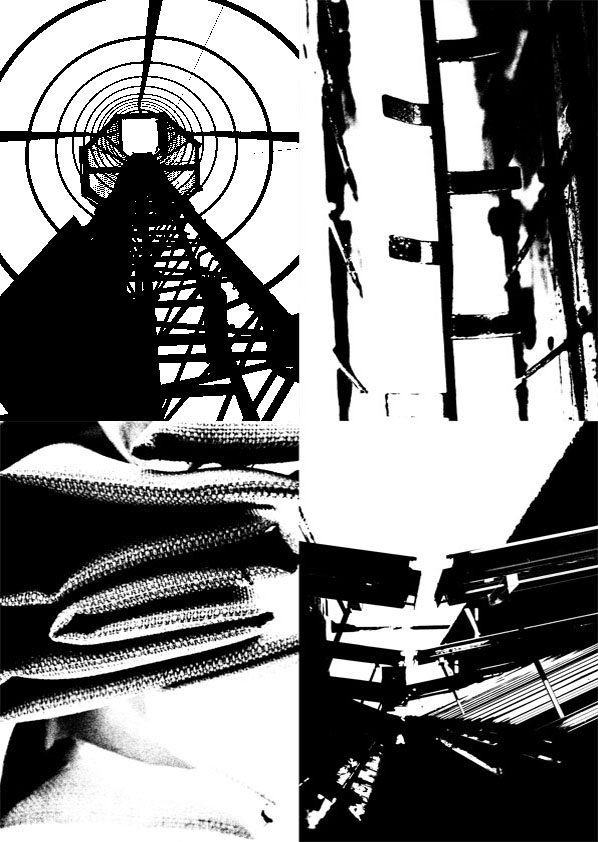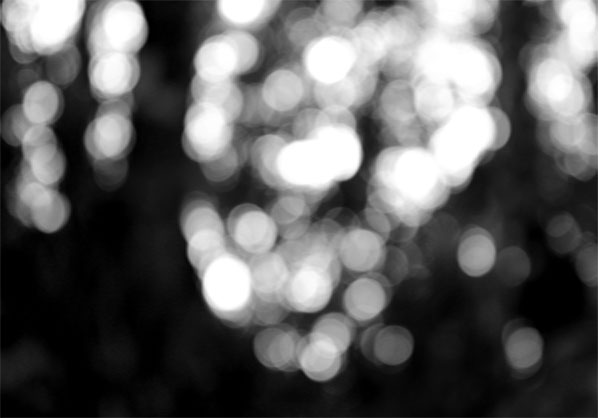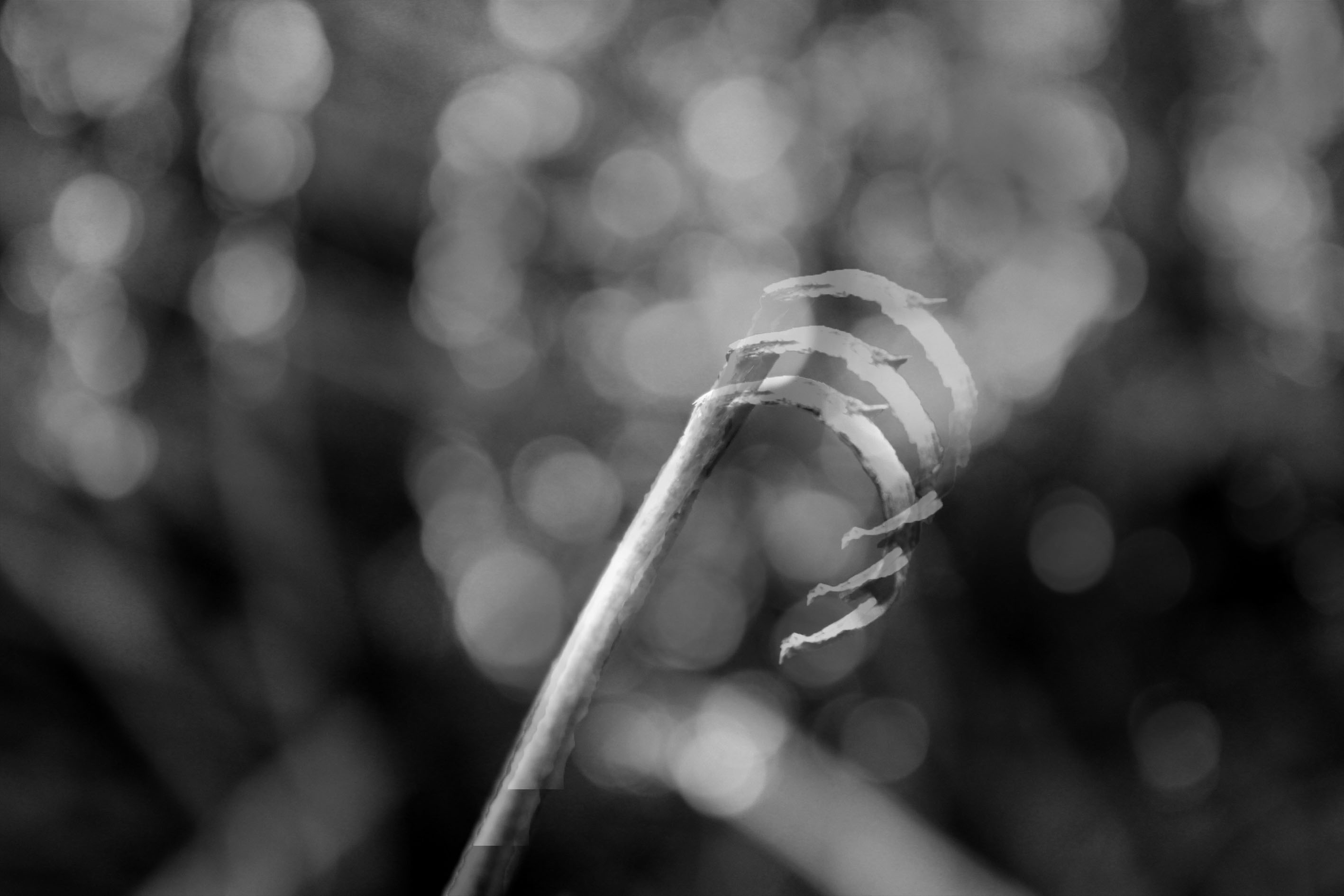SARAH LAMB:
Sarah Lamb is a talented and dynamic realist painter. With classical skill—and through transparency, depth and texture—she captures the minute details of everyday objects in her dramatic still lifes and luscious landscapes. She makes us love the familiar and see beauty in the mundane.
Born in Petersburg, VA, with a passion for art and an appreciation for the past, Sarah spent a semester at the Studio Art Center International in Florence, Italy before graduating from Brenau Women’s College with a BS degree in Studio Art in 1993. Following a summer workshop in Santa Fe, NM with renowned classical painter Jacob Collins, she spent two years painting at The Ecole Albert Defois in the Loire Valley with classical realist artist Ted Seth Jacobs.
In 1997 she moved to New York and spent the next 6 years studying and painting under Jacob Collins at the Water Street Atelier. During this time, she had successful one-woman shows in major galleries in Atlanta, Houston, and San Francisco and was represented in art galleries in Alexandria, VA, St. Simon’s Island and Gainesville, GA, Sag Harbor, NY and Madison, CT.
More recently, she has had sell-out, one-woman shows at the Spanierman Gallery in NY, the Meredith Long Gallery in Houston, TX and the John Pence Gallery in San Francisco. She has been featured in magazines such as American Artists, American Art Collector and Southwest Art as one of America’s most talented young painters.
British-born art critic, John A. Parks, wrote that “Sarah Lamb brings to her work a robustly sensual grasp of the world. Her keenness of eye and joyful brush make the whole enterprise feel freshly alive as she reminds us what the really wonderful things in life are.”
Sarah, her husband, artist, David Larned, and their daughter, Sadie, divide their time between Pennsylvania’s Brandywine Valley and Houston, Texas.


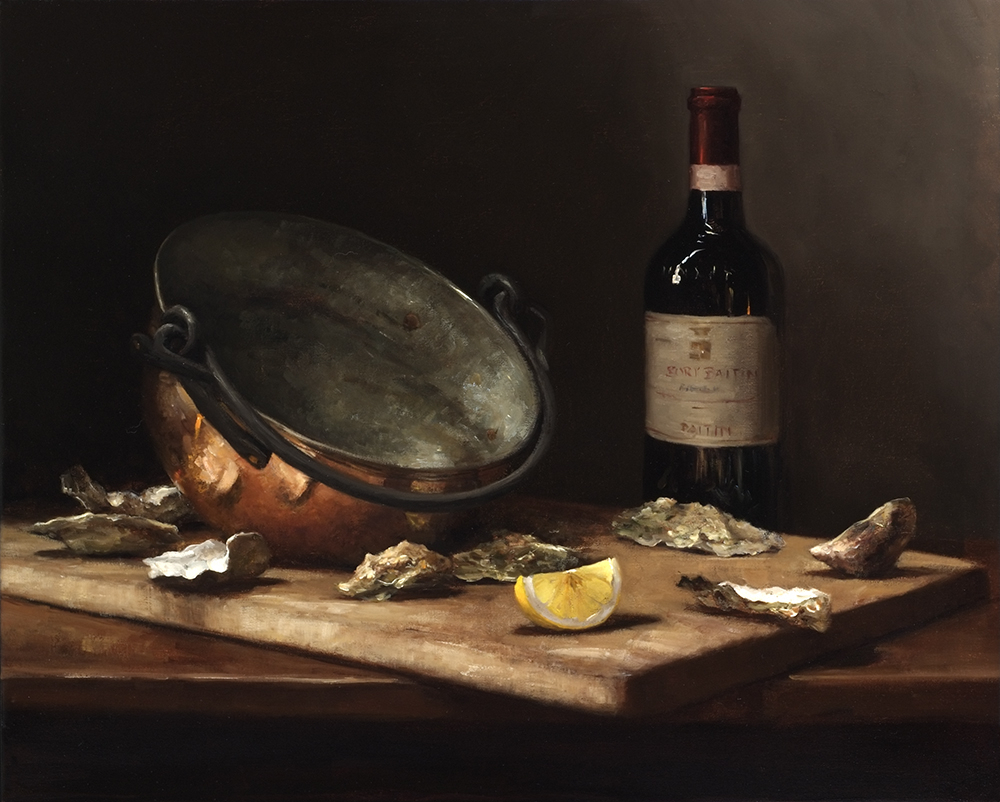

MY PROCESS AND RESPONSE:
For this photo shoot I set up a still life composition to photograph, including many different types of object that you would find classically such as pottery, glassware and fruit. In order to create the dark and atmospheric setting that most still life possess, I laid down a dark floor which would accommodate the objects. This floor flowing all the way into the left top hand corner of the image. Furthermore, I added a fairly soft light source in order to retain the dark atmosphere. I did not use natural light, but instead an artificial white bulb which kept the images very neutral in color.
For my second photo shoot, I also followed a similar pattern of work, selecting objects that would be fir to include in still life, yet this time I experimented with laying down a white sheet to see the effects this would have on the overall outcome of the image. I kept the light source at top right hand corner of the image. I included less richly color objects and decided to stick to a more neutral color palette which in turn made the images feel more light and breezy.



CRITICAL ANALYSIS OF MY FAVORITE IMAGE:
TECHNICAL: In order to retain the darkness in the first photo shoot, the room which I was in was fairly dark therefore i set my ISO setting quite high, to 1600, which allowed me to have a good balance between the dark and light in the images. Again, due to the darkness in the room, I had to use a slow shutter speed to allow as much light as possible into the camera, setting it to 1/15. To avoid the inevitable motion blur, i used a tripod to keep my camera still whilst taking the photos and to have a very central, head on view of the still life. I kept my aperture high in order to allow my camera to capture a large field of view as the still life set up was quite large itself.
VISUAL: The first thing that the image conveys is the darkness and depth of color, the rich, juicy red of the tomatoes and the dark purple of the grapes that hand from the pottery. The light source, coming directly from the top right hand corner of the image casts a strong highlight onto the tomatoes, giving very powerful light reflections. The light also bounces of the walls of the glass, giving it dimension. The darkness of the shadows also creates a depth of space in the image, the glass and tomatoes being right in the foreground of the image, whilst the delicate tea cups are in the background, There is a harsh contrast between the bright white walls and the darkness of the shadows which further add to the mood of the image. The image overall is very busy and crowded, yet the composition of the objects mean that they are harmoniously linked to one another. There is a wide variety of texture, shape and color in the image. The tomatoes: smooth and glossy, the glass: transparent and delicate, the pottery: rough and uneven. A lot of the objects in the image have smoothness of line and roundness which allows the image to flow and intertwine.
CONTEXTUAL: Historically, still life paintings were deeply imbued with religious and mythological meaning. This was a reflection of the times; the Church was the center of everyday life. Class hierarchy was deeply embedded – everyone knew their place and stayed within it. By the 16th century, society was changing. As science gained more of a stronghold, religious themes fell by the wayside. The natural world was now interesting to observe and record in its own right, not for religious or mythological purposes. As history rattled towards the mid-19th century, depicting the natural world was starting to go out of fashion. Now the art world was more interested in exploring our inner world of moods and emotions. As we sped through the 20th century, still life dissolved into geometry as objects were abstracted more and more on the canvas. By the end of the millennium, the object depicted in paintings were exhaled as commodity and recognized for their commercialism, as in the Pop Art and Photo realism movements.
CONCEPTUAL: The main objective which I tried to capture in these images is the complexity of simple objects. Appearing plain and boring but when placed together and put into a composition, they can create impact and surreal.

CONTACT SHEETS:
The set ups which i created for this project were fairly simple, yet i found that new effects were created when pointing my camera in different directions. When I really got up close to the objects, I was able to capture detail withing all the objects, and their texture which created complex and intricate images.





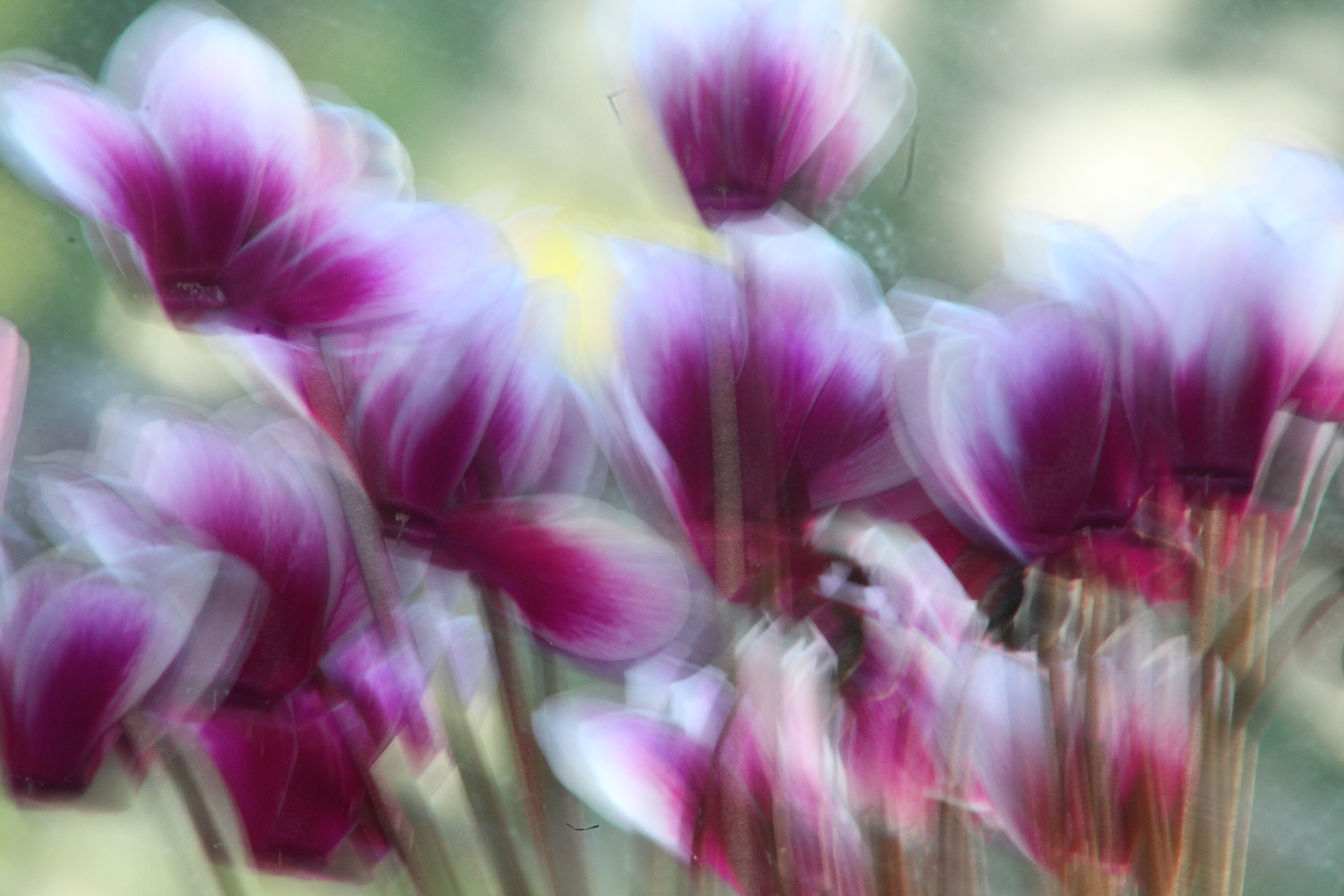




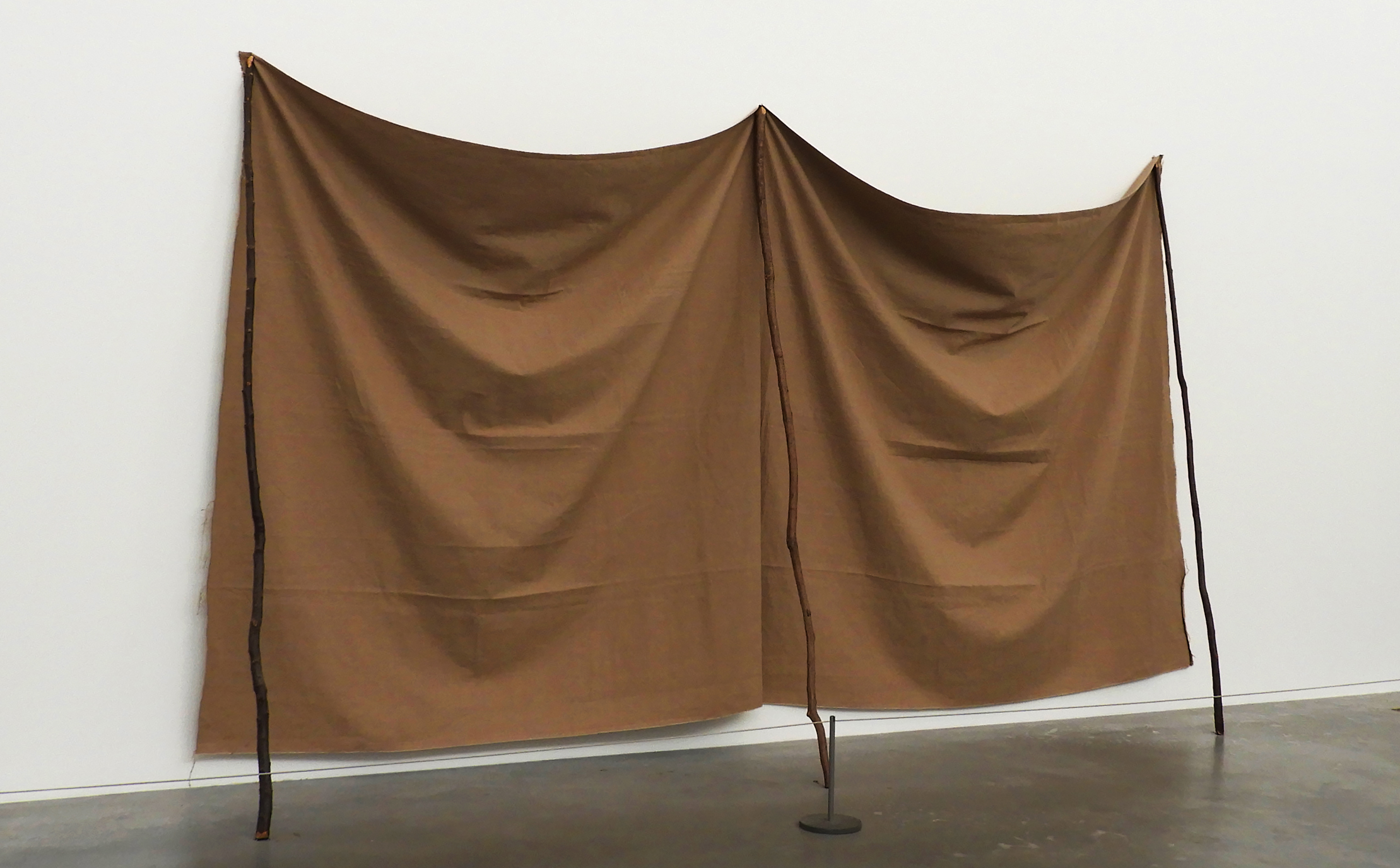

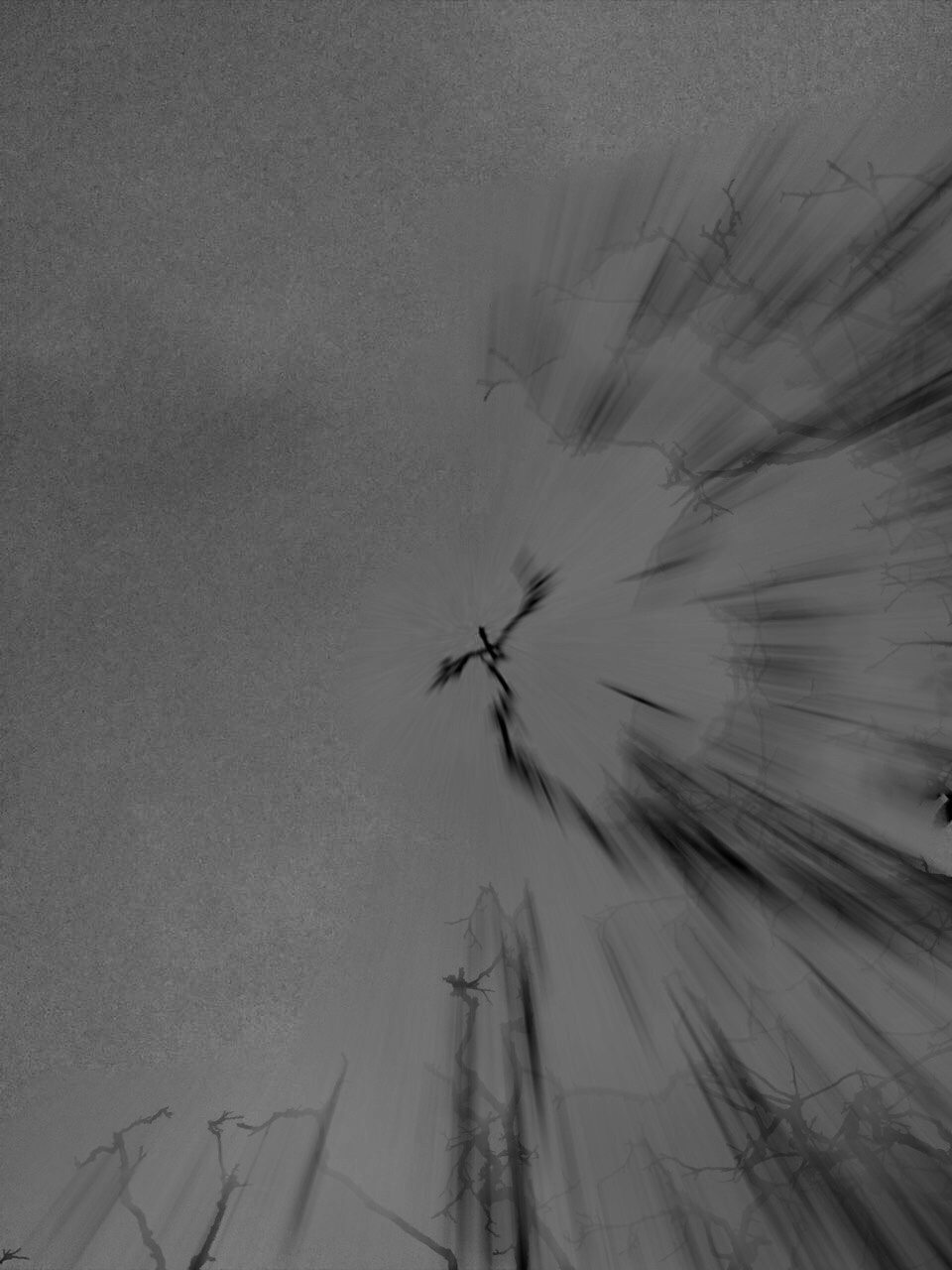
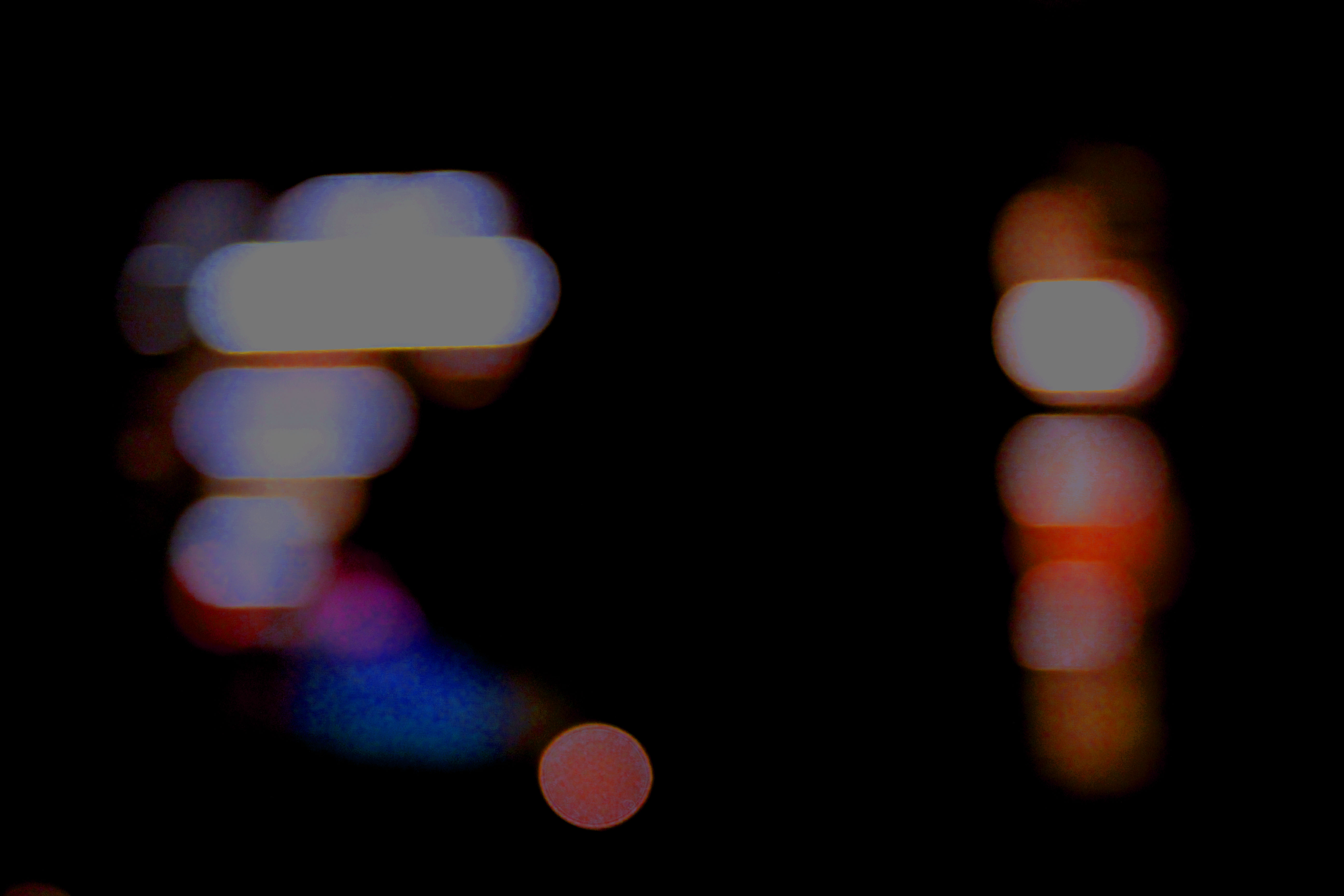

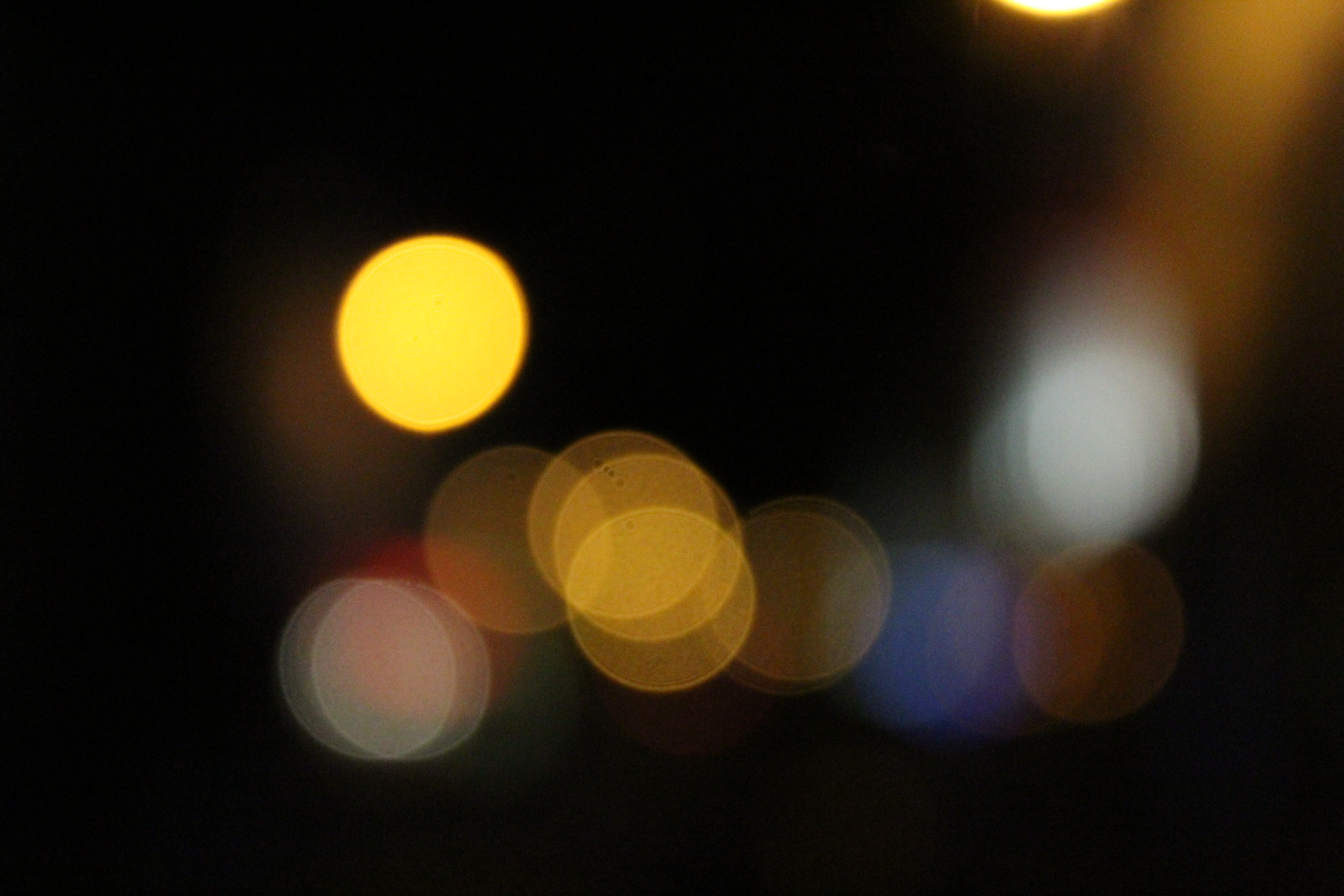
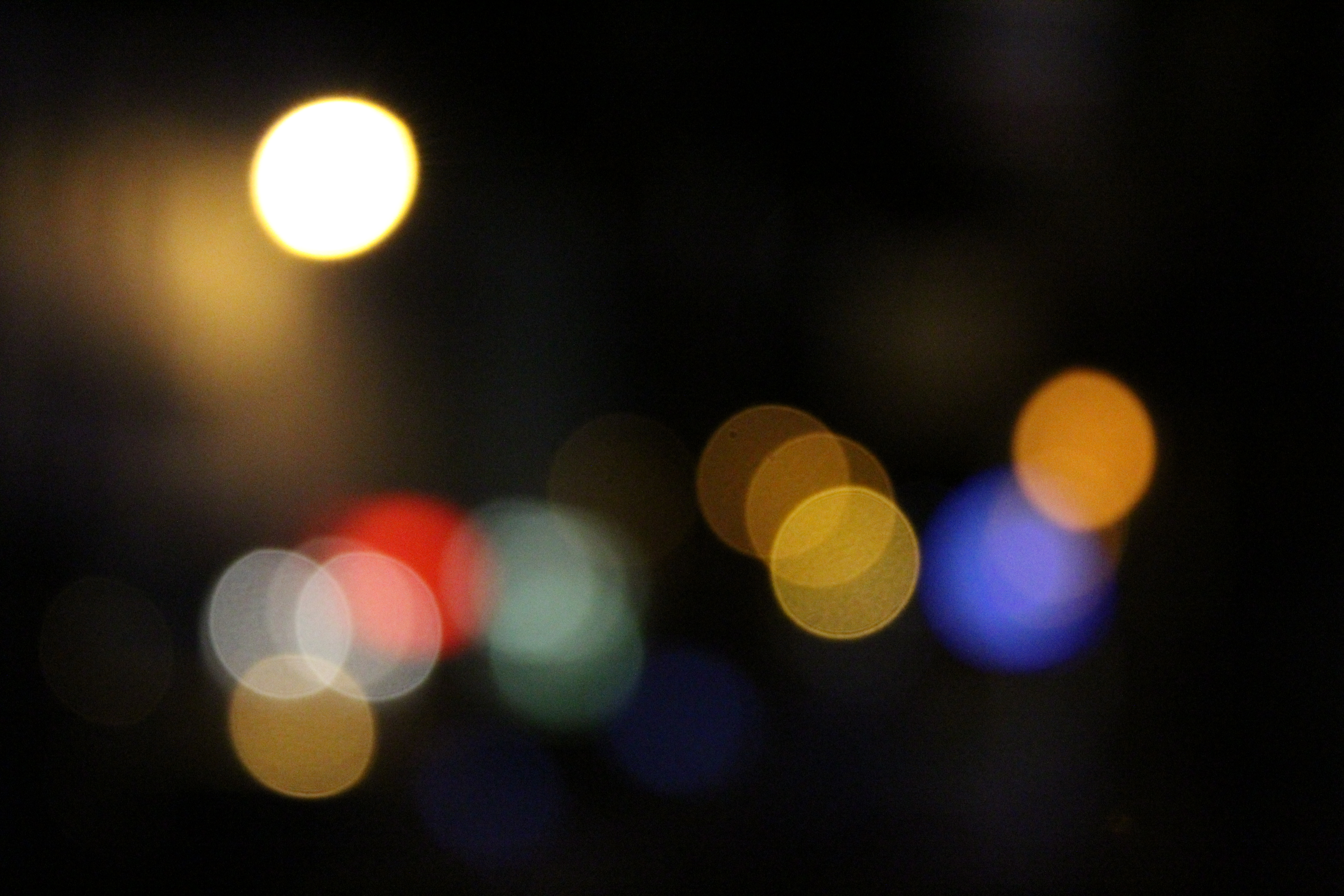

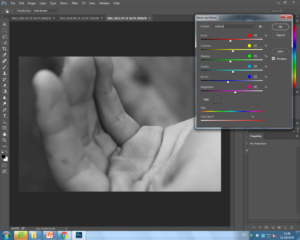

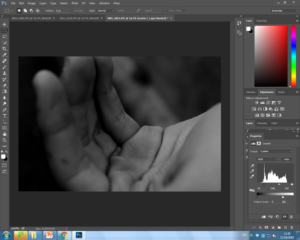
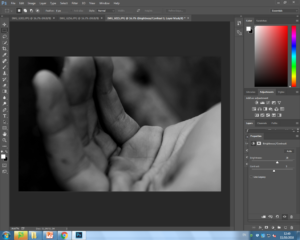
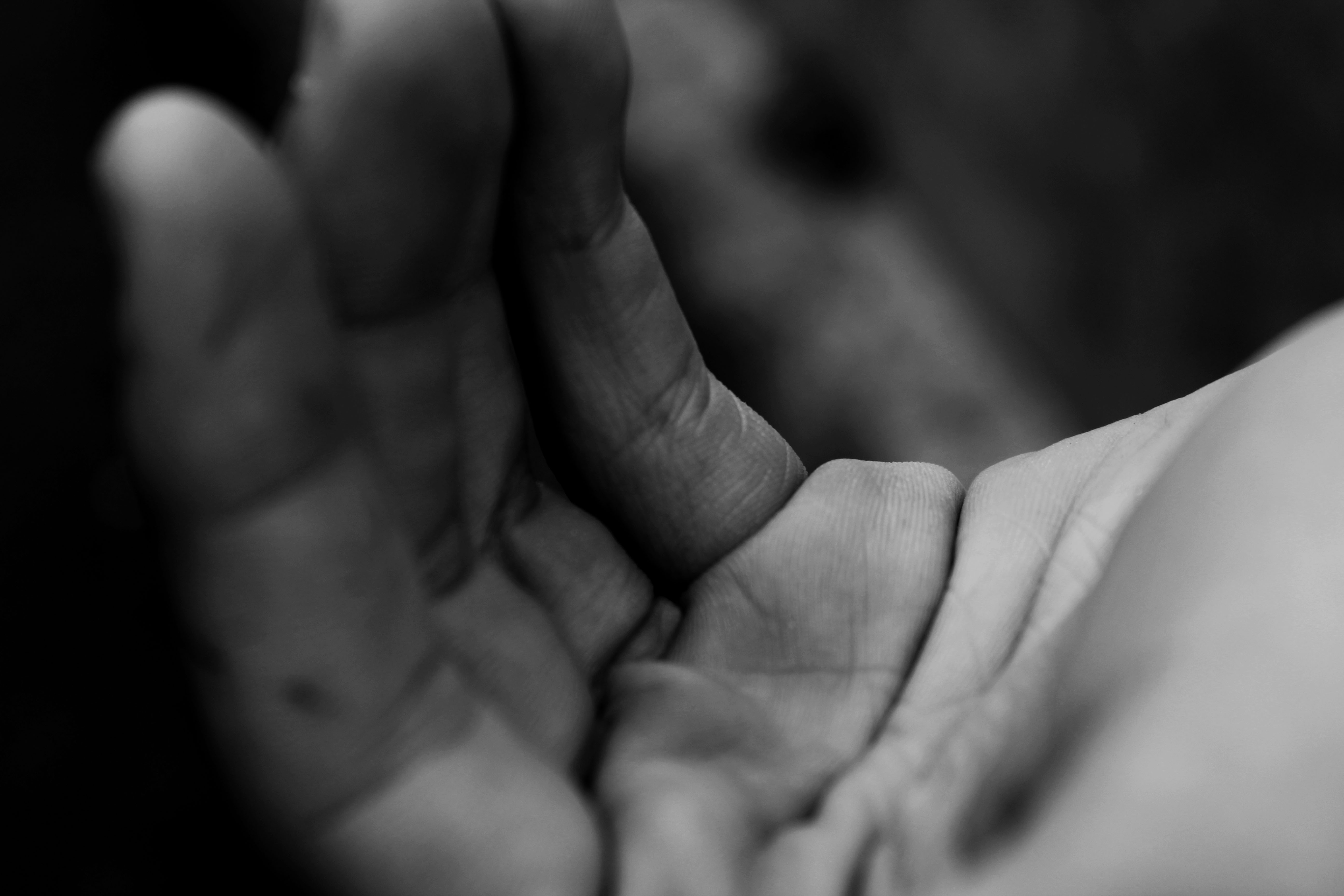
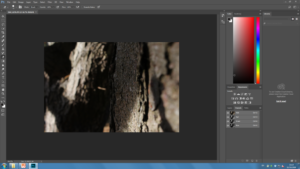
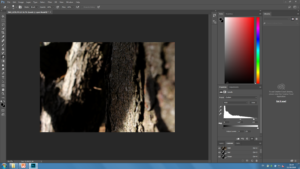
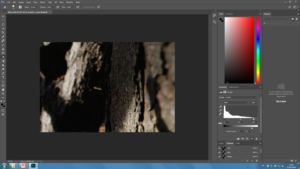
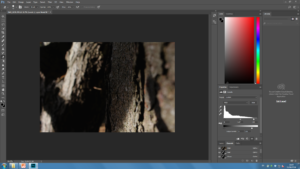



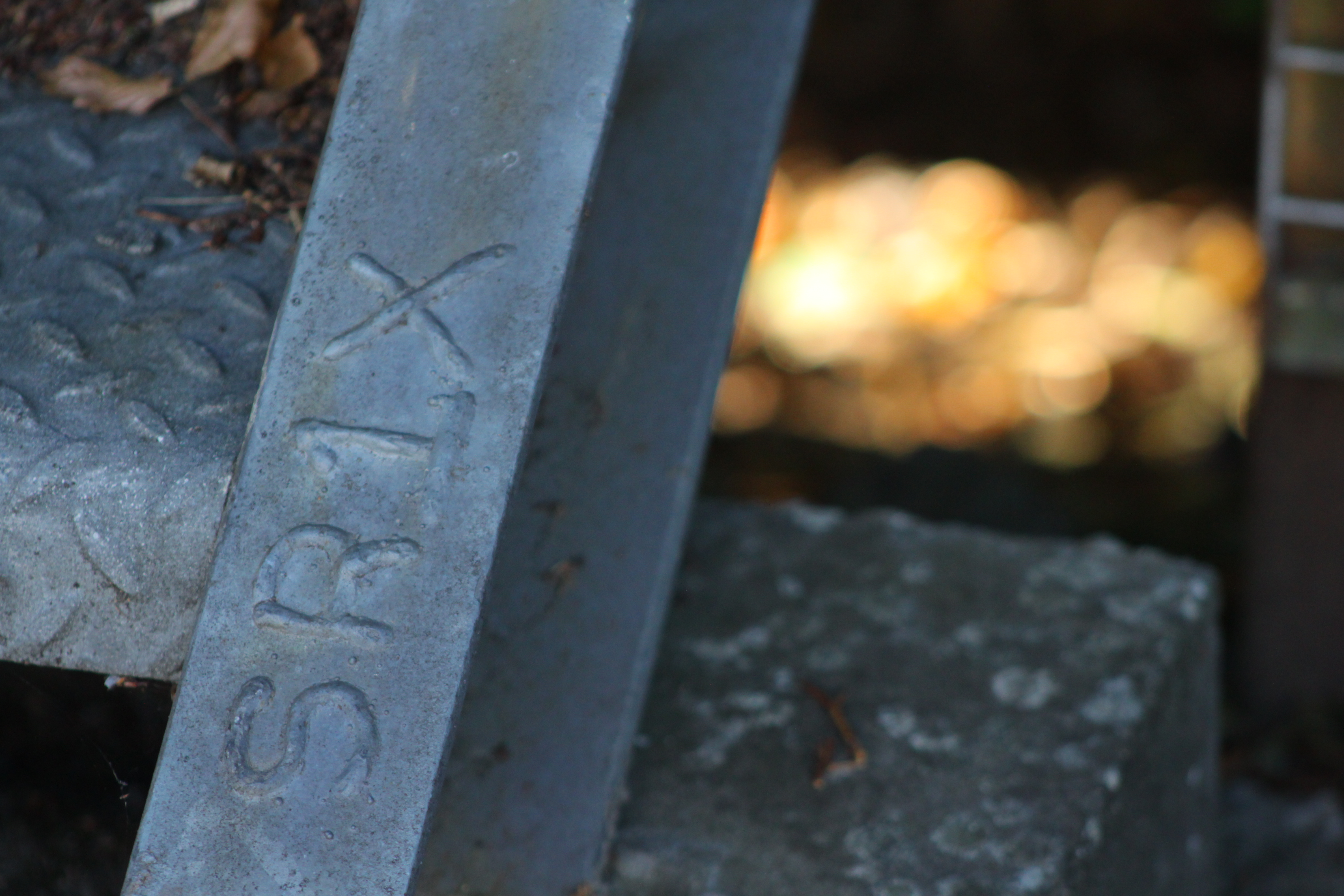

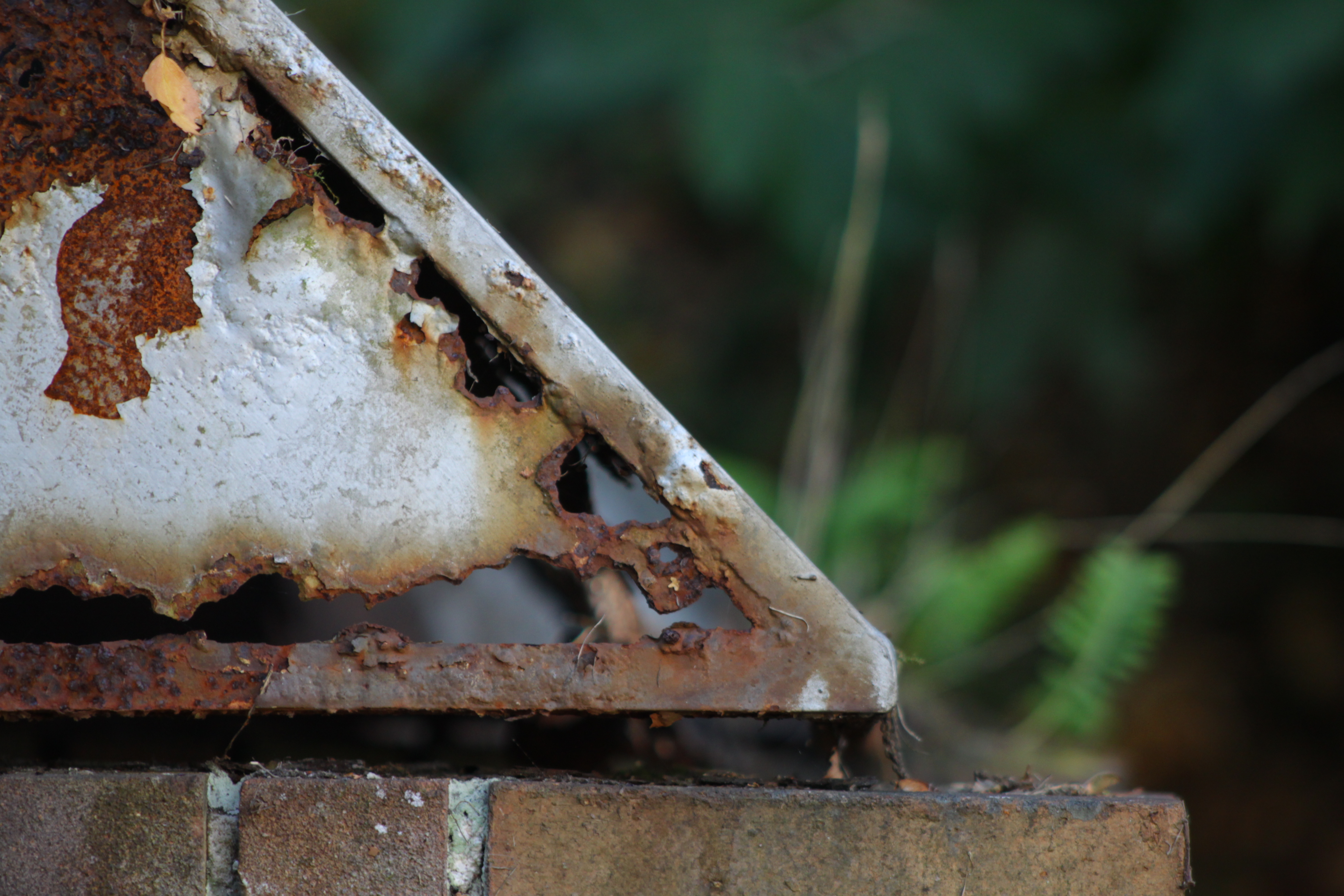
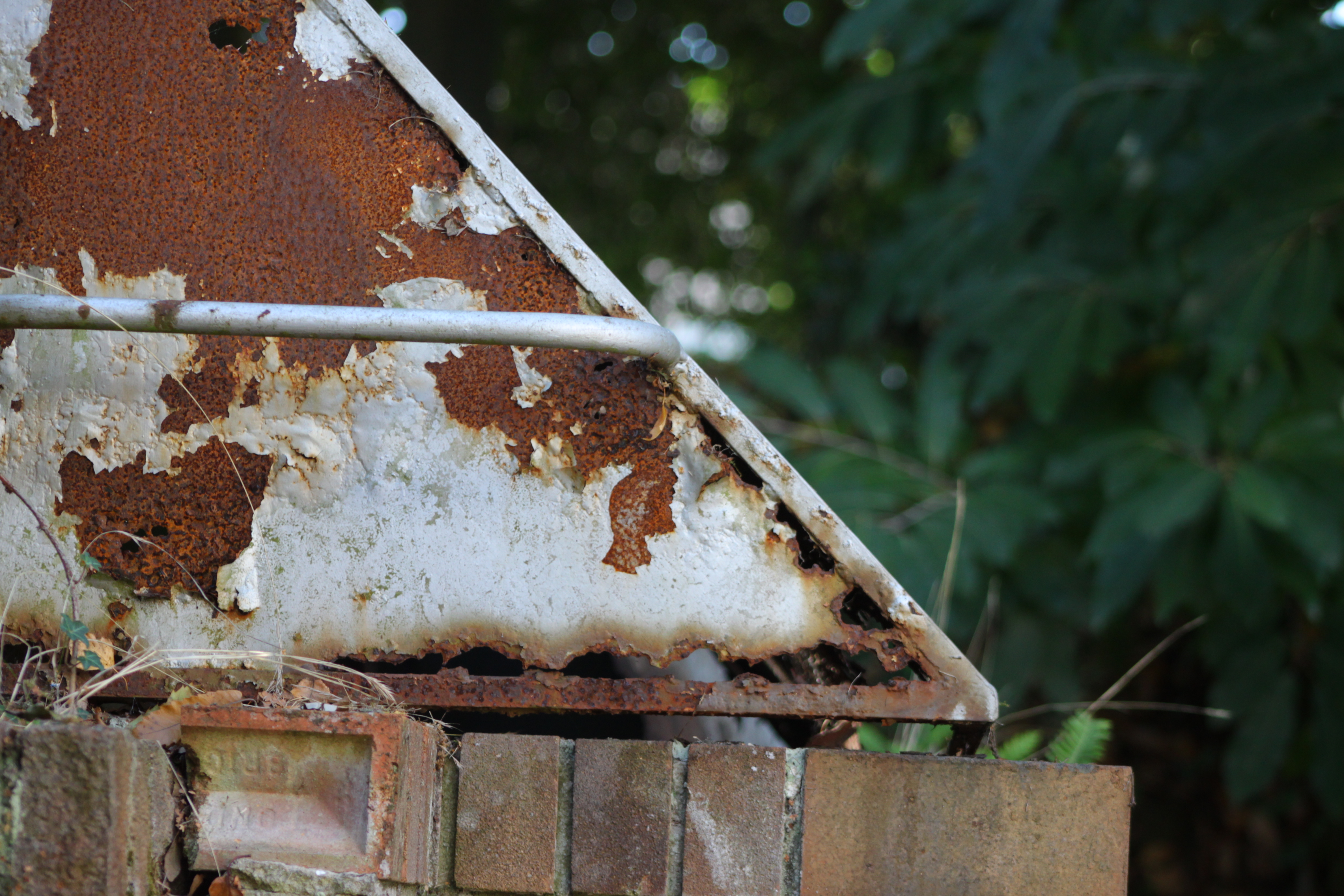
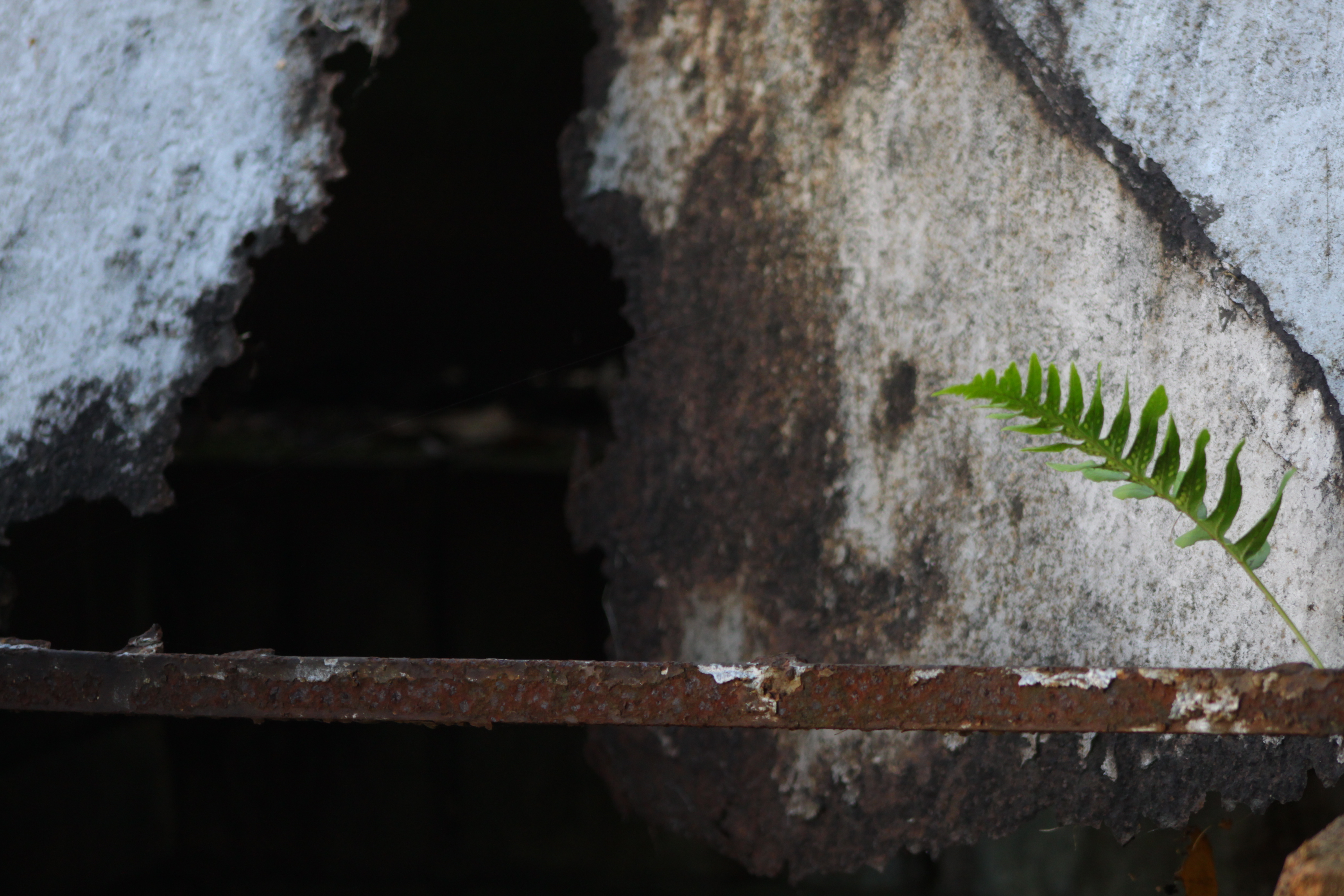





 This piece is a personal favorite of mine due to the strong geometric elements and good balance of different tones and colors.
This piece is a personal favorite of mine due to the strong geometric elements and good balance of different tones and colors.